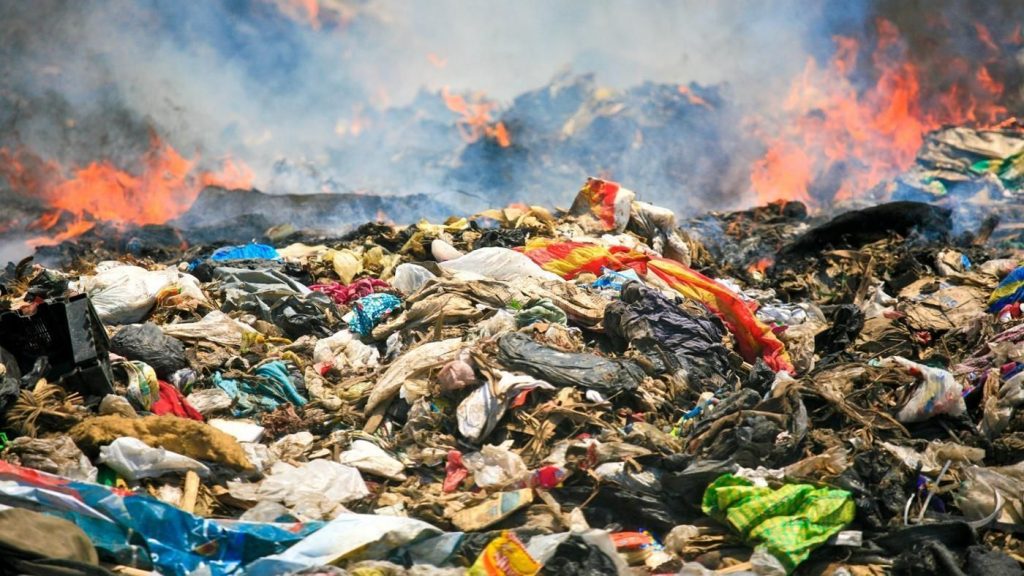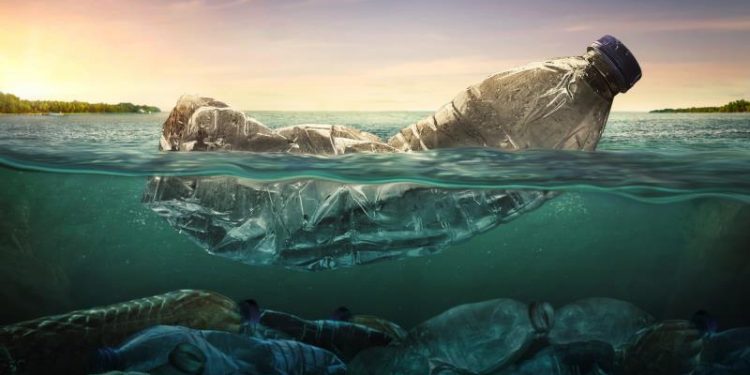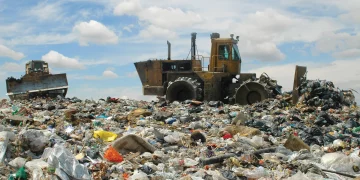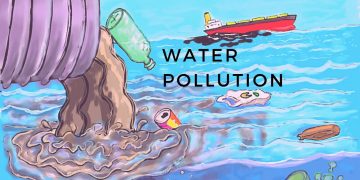Pollution is the process of making land, water, air, or other environmental components unclean, unsafe, or unsuitable for human use. There are many ways to do this, and they don’t have to involve introducing a tangible contaminant into the natural environment. Even simple things like light, sound, and temperature can be considered pollutants if they are intentionally introduced into an area.
Toxic contamination affects more than 200 million people worldwide, according to the non-profit environmental organisation Pure Environment. Young children can lose 30 to 40 percent of their height and have a life expectancy as low as 45 years in some of the world’s most polluted areas, including those born with birth defects. Learn more about the various types of pollution by continuing to read.
Land Pollution
Polluting the environment with household garbage and industrial waste is a double-edged sword. According to the EPA, Americans generated more than 258 million tonnes of solid garbage in 2014. More than half (136 million tonnes) of the waste was disposed of in landfills. More than three-quarters of the waste was not recycled or composted.The majority of the waste generated, according to the EPA, was made up of organic materials. Recycling paper, food waste, and grass clippings accounted for more than two-thirds of the waste. Rubber, leather, and textiles made up 9.5 percent of solid trash, while metals made up 9 percent of the total. Wood made up 6.2% of the waste, glass 4.4%, and other non-recyclables around 3%.
Commercial and industrial waste accounts for a large portion of the solid waste stream. According to the University of Calgary, the average American family consumes 4 million pounds of minerals each year. Non-hazardous materials include, for example, concrete structure (wood, masonry, bricks, glass, and other materials) and medical waste (bandages, medical gloves, surgical tools, used needles, and so forth.). Harmful to human health and the environment, hazardous waste includes all types of waste, whether they are solid, liquid, or even viscous. Mining, petrochemical, pesticide, and other chemical industries all produce hazardous waste. Household hazardous waste includes everything from lubricating oil to lightbulbs to aerosol cans to ammunition.

Water Pollution Is A Serious Problem
It is possible to contaminate water through the introduction of chemicals or harmful foreign substances such as wastewater or agrochemicals from groundwater, as well as ions such as lead or mercury. An estimated 44% of stream miles, 64% of lake miles, and 30% of bay and marsh miles will be unfit for fisheries and swimming, according to the Environmental Protection Agency (EPA). The most common contaminants in the United States are bacteria, mercury, phosphorus, and nitrogen, according to the EPA. These include air pollution, water diversions and stream channelization as major sources of contaminants.
It’s not just a problem in the United States; water contamination affects people all over the world. More than 780 million people lack access to safe drinking water and 2.5 billion lack adequate sanitation, according to the United Nations Charter. Preventing sewage and other impurities from entering the sewer system is critical to sanitation.
Pollution runoff from land accounts for 80 percent of marine contamination, according to the World Meteorological Organization (NOAA). Water pollution has the potential to cause significant harm to aquatic life. There are a number of factors that contribute to the spread of disease, including sewage and physical and chemical substances in water. The EPA considers low levels of oxygen in the atmosphere to be a pollutant. Dissolved organic compounds result from the biodegradation of organic compounds, such as sewage injected into water.
This can be dangerous as well if the water is heated. Artificially raising the temperature of water is referred to as “thermal pollution.” An industrial power plant that uses water to cool its operations may release hot steam as a source of this problem. Fisheries and wildlife may be harmed as a result of this. If the water temperature suddenly drops or rises, this could be fatal to aquatic life. For each year, half the water that is withdrawn from U.S. wastewater facilities is used to cool electric generating plants, according to University of Georgia.
“Even though it’s returned almost entirely, all of this extra heat will have an effect on nearby water temperatures. Depending on water flow, the temperature gradually rises to levels that are not harmful to fish.” Former TSAugust chairman Donn Dears spoke with Live Science about the organization’s focus on energy issues.
Eutrophication, or nutrient pollution, is another form of water pollution. This is caused by the introduction of ammonium-containing minerals into water bodies. It’s believed by NOAA that nitrogen acts as a fertiliser and accelerates algae growth. Due to the algae, other plants are unable to receive light. A decrease in the amount of gas in the ocean occurs as a result of the breakdown of plant life. When there is insufficient oxygen in the water, aquatic animals die.















